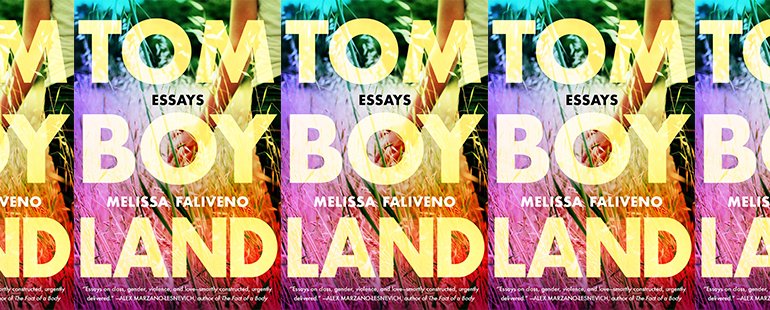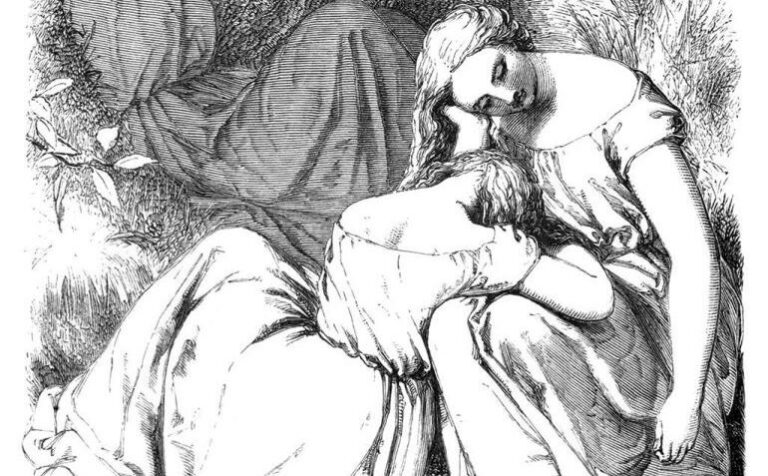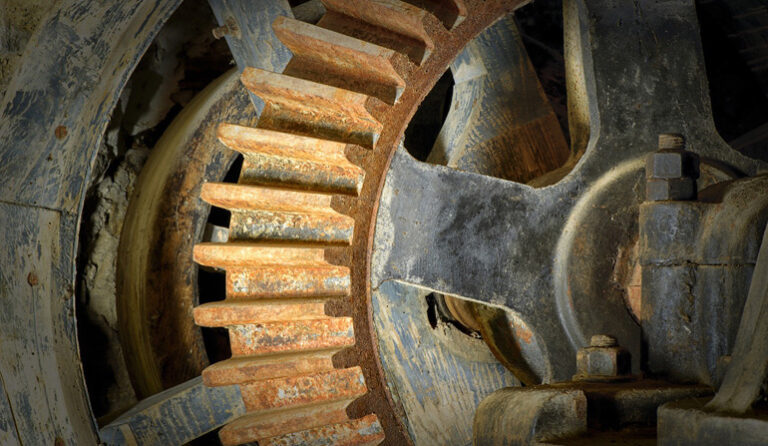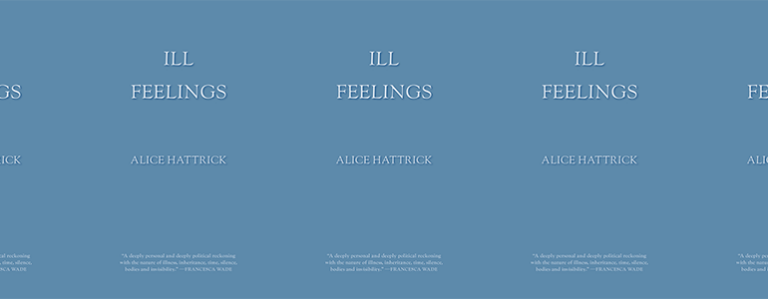This Land Made You

Thick, soupy summers. Bleached, crackling corn stalks. Rocks flashing from the beds of murky rivers and lakes; the sickening flicker of power lines torn apart by a massive tornado. I’ve never spent significant time in the Midwest, loosely defined as the stretch of the United States separating the Appalachian and the Rocky Mountains, but these images, and the others Melissa Faliveno conjures in her 2020 essay collection Tomboyland, are so potent that in reading them I was captivated, drawn into some elemental, yet bodily, fellowship with the region that has carved such an enduring mark on the cultural imagination. As I read, the Wisconsin of Faliveno’s childhood became the West Virginia of mine, and I, too, was forcefully reminded of the force our birthplaces exert on our bodies—biological, cultural, and spiritual. Tomboyland’s genius, and tenderness, comes from a deep understanding of the language of home: the haunting, often unacknowledged pull place has on us, and how leaning towards and pushing against this pull shapes our identities.
It’s easy to lose sight of this symbiotic relationship between land and body, but Faliveno highlights how closely the two are linked, even in a time when many of us—or me, at least—pay less and less attention to the world beyond our homes and screens. In Mount Horeb, the farming community of Faliveno’s childhood, the great outdoors is foundational, not optional; it’s the ever-present source of her community’s history and livelihood. Her portrayal isn’t drenched in homespun nostalgia. If anything, it serves as a grim reminder of the uncompromising harshness of the area, and the capriciousness that comes hand in hand with its beauty. “The Finger of God,” the book’s opening essay, makes it clear that living in the Midwest, and with the weather that formed it, is nothing short of a spiritual experience, a “fear-induced belief in something beyond my capacity to comprehend.” As Faliveno researches the aftermath of an F5 tornado that devastated a nearby community, she hears stories of miraculous survival and soul-destroying loss. The wind wrenches one young woman out of her car and she survives, while in the same family a mother shields her son with her body as he dies underneath her. Woven through their experiences is Faliveno’s realization that the story she was always told of nearby hills protecting Mount Horeb from this tornado is a myth—the town survived by pure chance, the tornado barely scraping past them.
This picture of environmental indifference, powerful as it is, is complicated by later essays, that meditate not only on the way land can destroy life, but also on how it can build it. Faliveno uses her own body as a case study, writing with both poetic lyricism and concrete practicality. “We were corn and wheat and soy,” she says, and pages later describes how this imagery physically manifests: “They say your back and shoulders are broader, your hands are harder.” In “Motherland,” she compares place to a parent, writing, “I like to think of a mother’s body . . . as the lands upon which we are born.” Place may be indifferent to us, but Faliveno insists that we can never be indifferent to it.
The environmental determinism that the collection explores is nuanced enough to account for individual leaning and choice, showing how the influence of the Midwest can lead to differentiation just as easily as the conservatism more commonly associated with the region. Faliveno is particularly interested in girlhood and how that experience is shaped by the region, writing “when I think of the rural Midwest, I think of it as a place where a girl’s body is uniquely connected to the land.” Here, girls work the land like their fathers and brothers, and their bodies are broad and androgynous. Just as many grow up to be wives and mothers, many also discover a burgeoning queer or countercultural identity that is nurtured by norms and expectations of the area. In one essay, Faliveno uses landscape to describe a former lover, “She had a body like the earth, both hard and soft.” Linking her relationship to such imagery queers a landscape often portrayed as anything but welcoming to anyone living outside heteronormative stereotypes.
The hardness and softness of her lover’s body is an excellent example of Tomboyland’s twin obsessions with the harshness and nourishment of the Midwest. “Meat and Potatoes,” which examines Faliveno’s experiences with bondage kink, contains many delightful images, including a BDSM potluck, but one of its most arresting is her description of the sense of security she drew from these encounters. “I knew that I would emerge on the other side of the pain in the hands of someone who would take care of me,” she writes. “I knew that I was safe.” This language calls to mind her earlier belief in the providence that prevented the tornado from leveling Mount Horeb. On the other side of destruction and pain is care and nurture, an experience drawn from the land and carried in Faliveno’s body, in ways both poignant and deeply ambivalent.
Tomboyland’s ability to straddle the line between this ambivalence and personal responsibility, arguing that landscape and culture influence but don’t preclude our duty to think of and feel for others, is remarkable. In “Gun Country,” one of the collection’s best essays, she turns this introspection outward, examining the Midwest’s fabled and fraught relationship with firearms. The family members and friends she speaks to all have a love for the care and use of guns that is shaped by their environment in some way, whether it’s an uncle who’s been hunting since childhood or a friend who moved to Wisconsin from Brooklyn and sees guns as a key to “learning something new and embracing a culture” that’s new to her.
“Gun Country” never allows its readers to see these individuals as caricatures either of callous irresponsibility or virtuous upholders of the right to bear arms. Instead, it wades into the infinitely more murky work of unpacking their attachment to these weapons, and demonstrating how they both value and interrogate this hobby. Faliveno’s uncle “emphasizes that to have a gun means . . . understanding the implications of that power,” and her friend surprises her with her frank admission that, if she knew it would stop the mass shootings, she would get rid of all of her guns. Both individuals have an appreciation for shooting and gun culture rooted in the region they call home, but this tie doesn’t excuse them from wrestling with the question of their obligation to the lives of others.
What “Gun Country” and the other essays in Tomboyland all point towards is a greater understanding of the fluid relationship between land and identity. Without denigrating either biological determinism or the importance of free will, these pieces suggest that region has more influence on our identities than we think, and that we are more responsible for the results of these influences than we might like. The solution, if you are compelled to see this malleability as a problem, is to allow the uncertainty to flourish. Seeing ourselves as part of the landscape, as something that is acted on and that acts on the area around us, is the only way to understand who we are and what we should be.


